The First World War, also known as the Great War, which lasted from 1914 to 1918, saw one of the worst losses of human life in history. The war was led by tough generals on both sides who devised strategies and displayed a tremendous amount of courage in leading their troops.
Some of them gained respect for their sharp battle decisions while some became controversial figures due to the number of casualties their decisions caused.
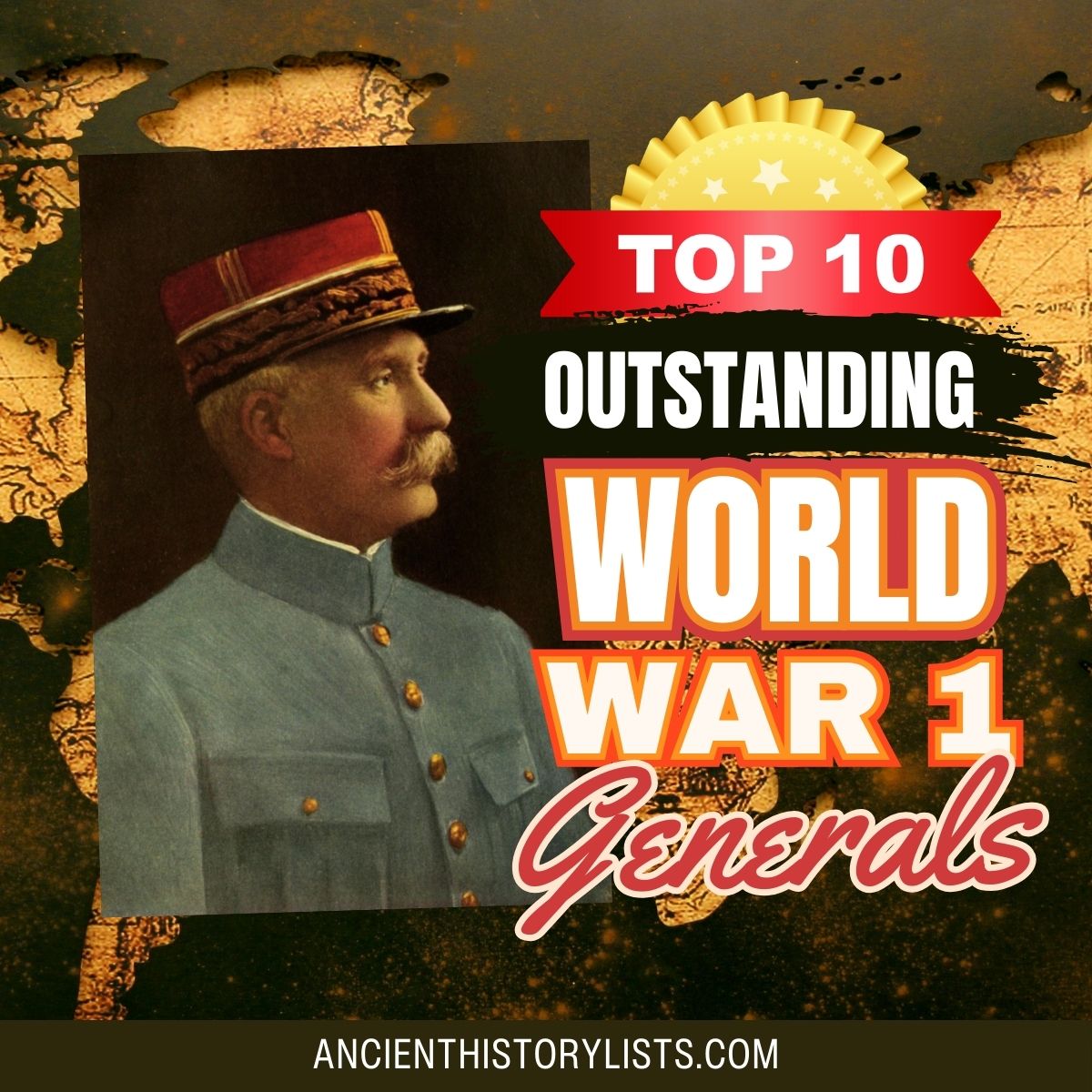
Here are the top 10 generals of the First World War:
10. Maurice Sarrail
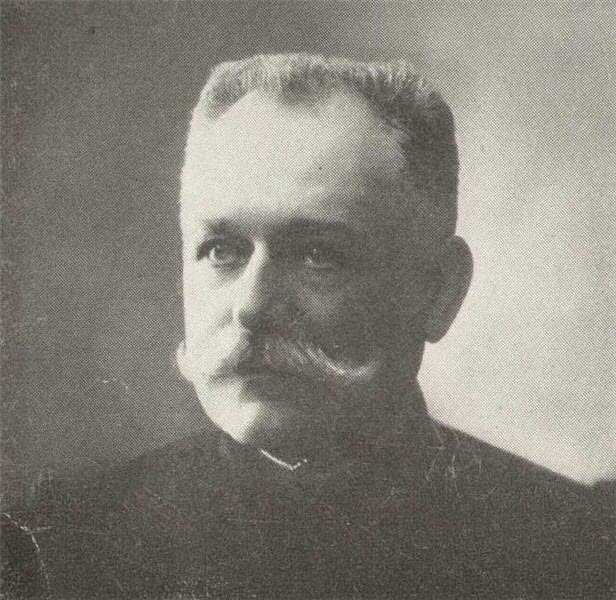
Maurice Sarrail was a French Army officer during the First World War. Born in 1856, by the time the war broke out, Sarrail was already one of France’s most senior officers. When his troops performed well in the invasion of the Ardennes in August 1914, he was promoted to command the Third Army.
His views on socialism made him popular among certain sectors of the French public. This also made him a rarity among the Catholics, conservatives and monarchists who at that time dominated the French Army officer corps under the Third Republic before the war. This also became one of the main reasons behind his appointment to lead at Salonika.
The Salonika Campaign was drafted with the intention of supporting Serbia, with Bulgaria entering the war on the side of the Central Powers, and also to provide a chance for France to show its economic and political influence over Greece and the declining Ottoman Empire.
Despite numerous offensives, Sarrail’s forces failed in the conquest of Bulgaria and in the prevention of the Central Powers from capturing Serbia in 1915 and Romania in 1916. Later, in December 1917, Sarrail was dismissed by Georges Clemenceau.
9. Erich Ludendorff
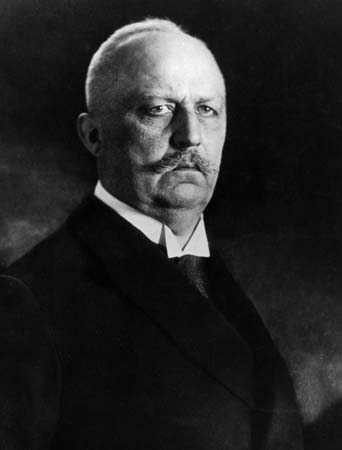
Educated in the cadet corps, General Erich Ludendorff was a top German military commander during the latter stages of the First World War. At the start of the war, he was the quartermaster general to Bulow’s Second Army, having the responsibility of capturing the Liege forts.
After this successful task he was sent to East Prussia where he worked with Paul von Hindenburg as his chief of staff. Hindenburg relied heavily on Ludendorff for the victories at Tannenberg in 1914 and at the Masurian Lakes in 1915.
Ludendorff supported unrestricted submarine warfare, which was a controversial policy with the then neutral Americans. This eventually dragged the US into the war. He also played a central role in the Brest–Litovsk peace treaty, which was negotiated at great cost to Russia.
After the failure of the great German push in the spring of 1918, due to the arrival of fresh American troops, Ludendorff resigned. After the end of the war and the Armistice, he left for Sweden. During his exile, he wrote many books and articles related to the German military’s conduct during the war claiming that they had been backstabbed by Germany’s left-wing political element.
8. Frederick Stanley Maude
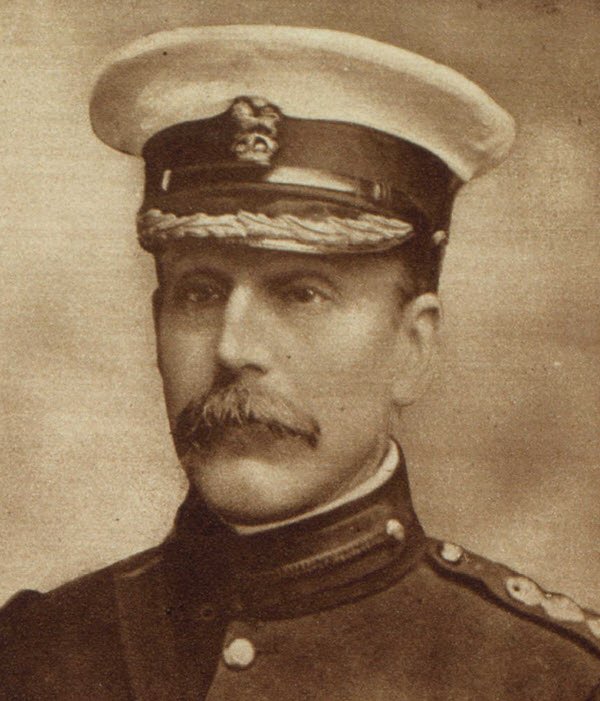
General Sir Frederick Stanley Maude was a British Army officer. He was the most successful commander on the Mesopotamian Front during the First World War. He is also known for conquering Baghdad in 1917.
Maude’s career during the war began on the general staff of General Pulteney’s III Corps in France. In October 1914, he was promoted to brigadier general and was the commander of the 14th Brigade. Maude suffered serious injuries during April 1915 and was sent home to England for recuperation.
After returning to service, he was promoted to major general in June 1915 and was appointed commander of the 33rd Division. The division was currently training in England before leaving for France, but Maude was never posted to France.
He was known as Systematic Joe, for being cautious and consistent rather than a spectacular commander. He led his forces to a series of victories including the Battle of Kut and the capture of Baghdad on March 11, 1917. During the same year Maude fell ill from drinking contaminated milk and eventually died of cholera.
A peak in the Cascade mountain range, Mount Maude, was named after him by the explorer Albert H. Sylvester. In 2003, the British military headquarters in Baghdad were named Maude House.
7. John Monash
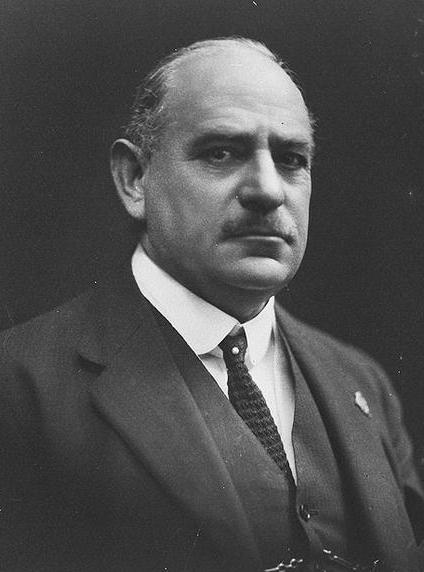
General Sir John Monash was a civil engineer and an Australian military commander during the First World War. He held the command of the 13th Infantry Brigade before the outbreak of the war. After the start of the war he became commander of the 4th Brigade during 1915 in Egypt and took part in the Gallipoli campaign.
After the campaign he took his brigade to France in June 1916. During July 1916 he was in charge of the new 3rd Division in northwestern France and in May 1918 was made the commander of the Australian Corps which was the largest corps on the Western Front during that time.
The victorious Allied attack during the Battle of Amiens on August 8, 1918, which speeded up the end of the war, was planned by Monash and executed by British forces which also included the Australian and Canadian corps. Monash is regarded as one of the best generals of the First World War and the most well-known commander in the history of Australia.
He was an innovative leader and earned high regard from many top political and military figures. After his death on October 8, 1931, he was given a state funeral.
6. Louis Franchet d’Espèrey
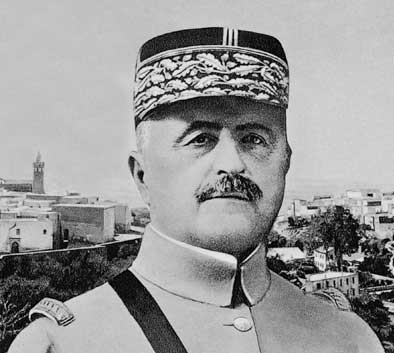
General Louis Franchet d’Espèrey was a French commander who saw active service during the First World War on the Western and Balkan fronts. His participation in the war began as a commander of 1 Corps which was part of General Lanrezac’s Fifth Army at Charleroi. After d’Esperèy’s success in defending the Fifth Army and disrupting the German Schlieffen Plan, he was made commander of the Fifth Army replacing Lanrezac.
He led the Fifth Army in the First Battle of the Marne in September 1914. After the victory there he was promoted to commander of the Eastern Army Group on the Western Front.
General d’Espèrey was defeated by the Germans on the Chemin des Dames in May 1918 and he was sent to lead the polygon Allied armies in Macedonia. It was there that he gained a decisive victory that forced Bulgaria out of the war in September 1918 and opened the road to Vienna for the Allies.
After that he led a bold attempt at the Danube, which caused the collapse of the demoralized German forces, which had been sent back from Russia, and the surrender of Hungary. In 1921, he was made Marshal of France and in 1934 was elected to the French Academy.
5. Paul von Hindenburg
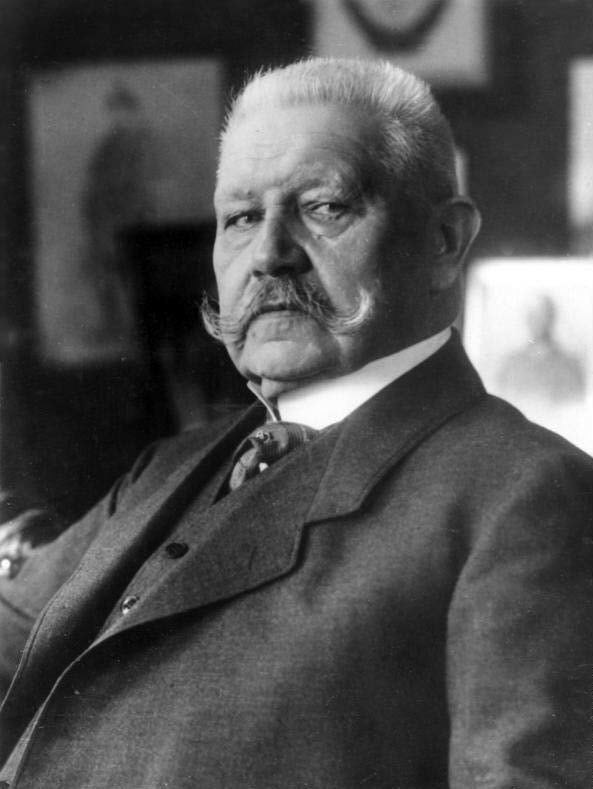
Paul von Hindenburg had retired from the army in 1911 but the outbreak of the First World War led to his coming back in August 1914. He was sent to the Eastern Front as commander of the East Prussia army.
During that year, the Germans scored a big victory at Tannenberg where Hindenburg’s troops overcame a much larger army, subsequently leading to his appointment as commander-in-chief of the German Army in the east during September 1914.
Hindenburg was also part of the final great German push in France during the spring of 1918 which ran from March to July. It had almost succeeded, but an Allied counter-offensive, with the help of US troops, broke through and caused the Germans to surrender in November 1918.
After the end of the war, he directed the withdrawal of the German forces from France and Belgium. Later he also organized the suppression of left-wing radicals in Germany. He retired for the second time in June 1919 as a popular hero. While Hindenburg was due to be tried as a war criminal as per the Treaty of Versailles, his popularity ensured that he was not even indicted.
4. Paul von Lettow-Vorbeck
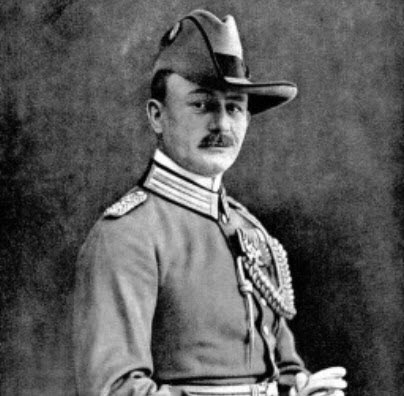
Paul von Lettow-Vorbeck was a German general during the First World War. He was also known as the Lion of Africa as he was the commander of the German East African Campaign. He is known to have lived by the warrior’s code of chivalry, honor and respect for one’s enemies, and was famous for the humanitarian treatment of his men as well as civilians.
During a time when black soldiers were being discriminated against by the US Army, Lettow-Vorbeck treated his African Askaris no different to the white Germans under his command. He was fluent in Swahili and this earned much respect from his African soldiers.
During wartime, for four years, Lettow-Vorbeck led a force that did not exceed 14,000 men against a much larger force of 300,000 British, Belgian, and Portuguese troops. He is famous for never having been defeated in battle and only surrendered after the Armistice in November 1918.
He was the only German commander to be successful in invading imperial British soil during the war. After the war when the British repatriated the white German soldiers but confined the Askaris in camps, General von Lettow-Vorbeck refused to leave until he had guaranteed decent treatment and early release for them.
3. Douglas Haig
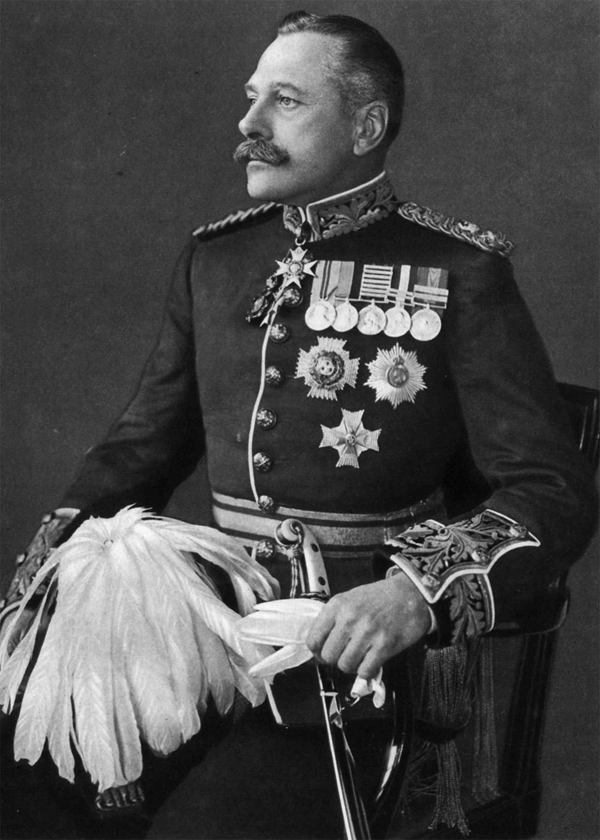
Douglas Haig was a British commander on the Western Front for most of the First World War. At the outbreak of war in August 1914, Haig was the general in charge of the 1st Corps. In December 1915 he became the commander-in-chief of the British Army on the Western Front.
Haig had little time for new ideas and strategies. He started the Somme offensive on July 1, 1916, with the aim of breaking the stalemate on the Western Front and reducing the pressure on French troops at Verdun.
Approximately 600,000 lives were lost during the offense which included 400,000 from the British and Commonwealth side. This number of casualties made him a controversial figure. After the end of the offensive, the British had gained some 10 miles of land.
In July 1917 a new offensive known as the Third Battle of Ypres began which brought further casualties but managed to weaken the German Army and paved the way for their defeat in 1918. During the spring of 1918 when the German attacks almost broke the British and French armies, Haig strongly supported a single command of the Allied side led by Ferdinand Foch which eventually brought the war to an end.
2. Ferdinand Foch
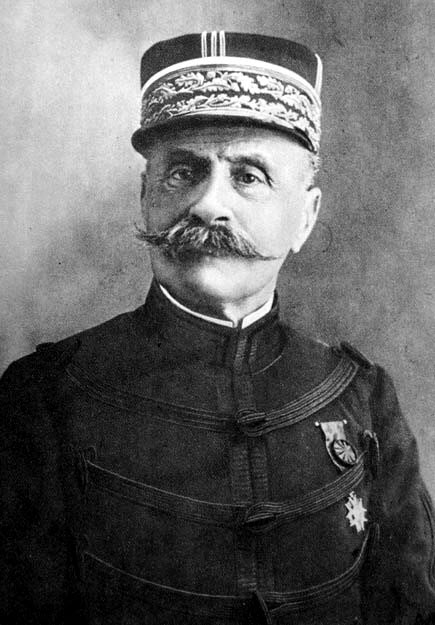
The son of a civil servant, Ferdinand Foch was determined to become a solider and served as a key military commander during the First World War for the French side. He was named the commander of the XX Corps at the start of the war.
Foch was in charge of the French Ninth Army after the early success in Nancy and forged a victory at the First Battle of the Marne by blocking the German advances at the marshes of St. Gond. He was promoted and was given the command of the Northern Army on the Western Front in October 1914. After the Somme offensive, which resulted in high casualties on the Allied side, he was sacrificed as the French scapegoat and was banished for a while.
In 1918, when the French and British armies were in danger of splitting, Foch was called back and took command of the Allied force in March of the same year and managed to withstand the Ludendorff Offensive. His victory at the Second Battle of the Marne helped put an end to the bloody fighting. In November 1918, he personally dictated the Armistice terms to a German delegation in a railway carriage. After the war, Foch was also made a British field marshal and Marshal of Poland.
1. John Pershing
John J. Pershing is well remembered for commanding the American Expeditionary Force (AEF) in Europe on the Western Front during the First World War. He served as the president and the first captain of the West Point class of 1886.
He also served in the Spanish and Philippine–American wars and led the punitive raid against the Mexican revolutionary Pancho Villa. Pershing was selected by President Woodrow Wilson in 1917 to command the AEF leaving for Europe. In the short space of 18 months, Pershing transformed the ill-prepared American military into more than two million disciplined soldiers.
At the beginning of the war, Pershing rejected the British and French demands that the American forces should be integrated with their armies and demanded that the AEF should operate as a single unit under him. During October 1918, in the Meuse–Argonne offensive, the AEF helped destroy the German resistance.
Later, his willingness to integrate into the Allied operations helped end the war. On the Allied side, he was the only commander who was against the Armistice and insisted that Germany be continually pressured until they surrendered unconditionally. After his death in 1948, he was buried with honors at Arlington National Cemetery.
Conclusion
These key figures and many others from the two warring sides led the war that lasted for four years with a total of 42,200,000 troops from the Allied side and 22,850,000 representing the Central Powers.
Over 38 million lives were lost during the war including civilians and soldiers. While commanders on both sides vied to win the war, some strategies led to victories and other to mistakes which eventually ended the war in favor of the Allied forces.
Are you kidding? John Pershing as the best General of WW1? He led an American Army that entered the war near its end when all the real fighting was nearly over. How can he or any of the others be rated over the likes of General Sir John Monash.
Agreed. Not to dismiss the American contribution to the war, but only Ferdinand Foch makes sense as #1 on the list.
General Pershing was the Best America General of WW2 , not for his achievements on the front but by the number of American soldier He saved by not sending them to the Front as it was nothing else but slaughter ,{ incidentally my Grand Father did the entire battle of Verdun , among other , He never made Friends knowing these smiling faces will be gone by dawn {they had days of 6000 casualty not giving a foot of territory, His regiment was renamed several times as they ran out of soldiers,} it was so bad they still find ordinance and some places so polluted unfit for human habitation and farming so called red zone and will be for manny more centuries.
This being said General pershing recognized the American troops at the time and i said at the time were , totally untrained and unprepared for fighting such war they were not prepared for such war as they were fresh from the indian wars on horse back , simply not prepared as a precaution the US forces were mainly the very essential resupplying unit. I do say very essential , WWi was chemical , massive bombs and ordinances of all kinds , tanks and airplane , General pershing lobbied to get aircfrat carrier , planes and tanks upon his return only to be laughed at , later they realized their necessity .
So yes General Pershing was the best US General of WWI
Any list is bound to prove controversial but I must agree with Craig J. Pershing did little considering he had a million man army. It took him over a year before he entered battle. He was effective only because of the large number of fresh troops. The per/man impact of his US Army was much less than that of several British/Canadian/Australian units (largely due to inexperience). Also Haig? He just continued the same old tired tactics that led to mass casualties. His only victories were because of General Byng. Glad you recognized Monash – definitely one of the most innovative and strategic thinkers that approached things fresh with an attempt to minimize casualties. You did however forget his contemporary, the Canadian General Currie who collaborated to develop detailed planning and innovative tactics to radically alter the method of battle on the western front. Currie’s battle plan for Vimy, when presented to British command was treated as laughable it was so radical. If not for the support of General Byng would have been shelved. Instead it proved to be almost flawless and was the first significant victory and penetration by the British and used thereafter as a template. Both Currie and Monash were responsible for a string of victories even though they were always used as shock troops at the most difficult parts of the line. The two combined to deliver the “Black Day of the German Army” which led to its collapse.
I agree with J.Evan.
Putting Haig, Pershing alongside Monash and leaving out Currie, is like putting Wimbledon FC and Crewe Alexander alongside Liverpool FC and leaving out Manchester United!
Haig was a cavalry officer whose only strategy was to sacrifice infantry in great numbers to produce a hole where his cavalry could then win the war.
That this never happened shows how little imagination he had. Brigadier John Charteris (his “intelligence” chief) continuously fuelled the belief that the German army was close to collapse; something it never was until the failed German March 1918 attack.
Haig, after the event, called his strategy “wearing down” of the German Army.
Whilst this was, in retrospect, true, the cost to the Allied forces was immense.
Without Arthur Currie this list is meaningless, with the exception of Monash
Couldn’t agree more concerning the low ranking for Monash, likewise the atrocious ranking for Haig – should be more like no. 39 or even 99.
Von Hindenburg and Ludendorff as a minimum need to be reversed in ranking given the true decision making and intellectual grunt from the First Quartermaster-General.
Any list of top generals of the First World War that does not have Mustafa Kemal Pasa at the top is a product of bias without any objectivity. The man altered the course of the whole war in Gallipoli, then as the leader of the Turkish resurrection during 1920 – 23, he altered the course of the whole world by becoming a beacon of inspiration and hope for all oppressed people of this world.
Today streets, monuments and other symbols of appreciation for this great man decorate the cities of nations from Argentina to israel, including those whose armies he defeated decisively. He set an example of statesmanship by extending a hand of friendship to the enemies he defeated. Two deeds of this great man ( among many ) worth mentioning are :
a. Greek General Trikopis, whom Mustafa Kemal Pasa treated with respect during the general’s capture in August 1922 visited his captor during the years that followed the war becoming his friend. Greeks and Turks followed their example by becoming good friends until people who were of minor intellect spoiled that relationship in 1955.
b. When ANZAC parents lamented their fallen sons during the Dardanells campaign, Mustafa Kemal Pasa declared ” mothers of ANZAC heroes who lost their lives in Gallipoli, do not despair; we are taking care of their bodies, with our own Turkish soldiers’, as they have become our children also. ”
I have talked to many Australian friends about this, and always met acknowledgement in tears. Had this great man lived another 15 years, Hitler would not have dared invade the Balkans, and might even have found it difficult to massacre Jewish and Slavic people as he did during 1938 – 1944.
Are we all forgetting about the knight of Isonzo? Svetozar Borojevic who was the field Marshall of the Austro-Hungarian defense in the Italian Alps and defeated 11 massive defenses with the miss mash of troops that the Austro-Hungarian Empire gave to him. He also had massive successes on the Eastern front against the Russians and helped plan some of the campaigns in the Balkans. He kept the whole A-H empire military from collapsing all lines
I agree even though he faced one of the most incompetent generals Luigi Codorno he had face supplies issues and weak armaments
His used of Artillery, Austrian Mountain troops, and the sadly not famous but possibly better then German storm troopers The Austro Hungarian Jaghkommando Faced heavy outnumberment and were so poorly supplied that they had to take weapons form frontline infantry and give it to the Jaghkommando. But there superior tactics and training won them successful raids
Totally agree about Currie, and the baffling inclusion of Pershing. However, you’re missing the most successful general of all, August von Mackensen. Corps Commander at Tannenburg and Masurian Lakes, he went on to defeat the Russians in Poland. He was then given command of a joint Austria-Hungarian and Germany army with a serious amount of artillery, and defeated the Russians in a series of battles. Then in 1915 he took his artillery and went and defeated the Serbs that the Austro-Hungarians had been humiliated by. In 1916 he was tasked with defeating the Romanians, which he did. By the time of the Russian armistice in 1917 he had never lost a battle.
And he did it all wearing the coolest hat of any general on any side. (Although probably was a war criminal too, so best not to get too carried away…)
https://en.wikipedia.org/wiki/August_von_Mackensen#Eastern_Front
The ranking of Pershing as number 1 is a joke. Americans didn’t enter the war until the end of 1917 and even then, at the Battle of Hamel, they were under Monash’s command. Monash should be number 1, with by Currie as second. I also agree that Mustafa Kemal Pasa (Atatürk) should be in the list.
Field Marshal Bernard Montgomery wrote, ‘I would name Sir John Monash as the best General on the Western Front in Europe.’ But he was only one of the greatest General’s of World War II (if not one of the greatest ever) so what would he know.
Pershing was a dreadful general. He refused to listen to other Allies, who by the time America actually had men fighting in 1918, had evolved superior tactics (eg Monash at Hamel). He instead insisted on using tactics everyone else had abandoned in 1915 (contemporary German sources even record how surprised they were). As a result American losses were far too high. He also insisted on his men attacking right up to 11am on the day of the armistice, incurring thousands of casualties to no purpose.
He has no place on this list.
I’m not arguing that Sir Horace Smith-Dorrien necessarily belongs in anybody’s elite top 10, but his contribution should be noted for his skillful conduct of 2 Corps during the great retreat from Mons and Le Cateau. Arguably, without his brave decision to stand and fight – albeit for 24 hours – at Le Cateau, the retreat might have slid from crisis to catastrophe.
He was eventually fired on spurious grounds by Sir John French who was full of anger, envy and spleen. His post-war book, 1914, was a disgrace, full of gross inaccuracies and lies. It was French who should have been fired, long before he eventually was.